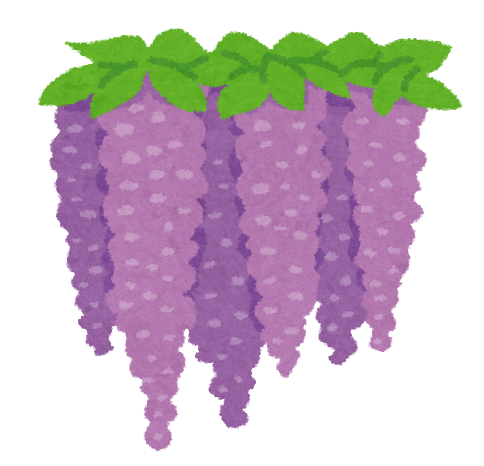Description
The students make groups. Each group gets a set of vocabulary cards (face down) and they split the cards evenly between themselves. Any cards left over are kept in the middle of the group. The students cannot check what cards they have until the end of the round.
The teacher puts each large card into one of three ‘zones’ on the board. They set a timer and call random vocabulary until time runs out. The students repeat. The ‘zone’ of cards that the last called card is in ‘wins’. The students turn over all of their cards. Each card that matches the winning ‘zone’ is worth one point.
The students then shuffle their cards and split them between themselves for the next round, still face down.
Notes
- When splitting cards between groups, whether there are any left over will depend on the size of the group and the number of vocabulary cards. For example, if there are 9 cards and 3 students in a group, each student will have 3 cards and none will be left over. If there are 9 cards and 4 students, each student will have 2 cards and one will be left over.
- A ‘left over’ card could be worth one point for every student.
